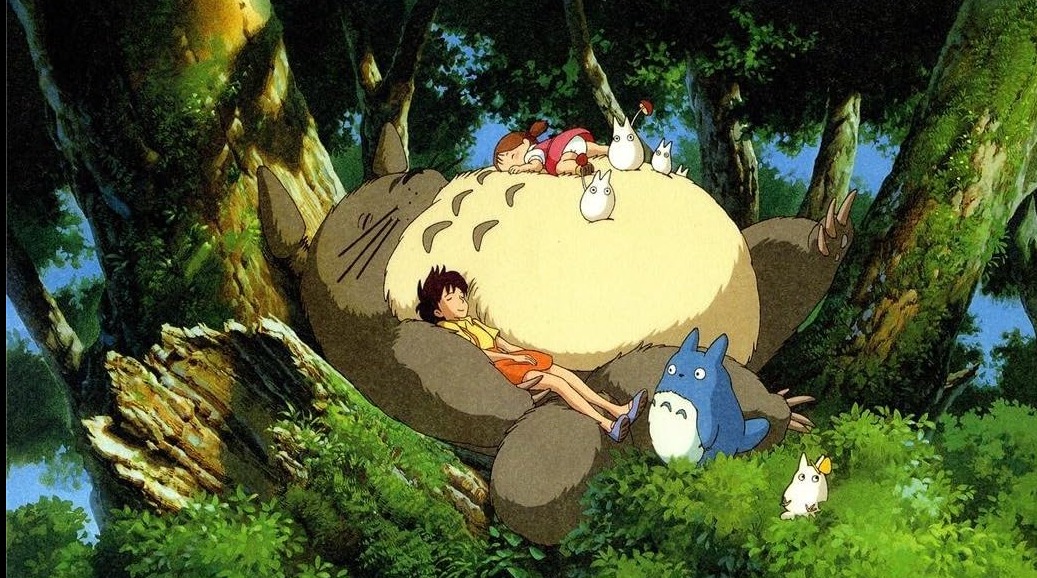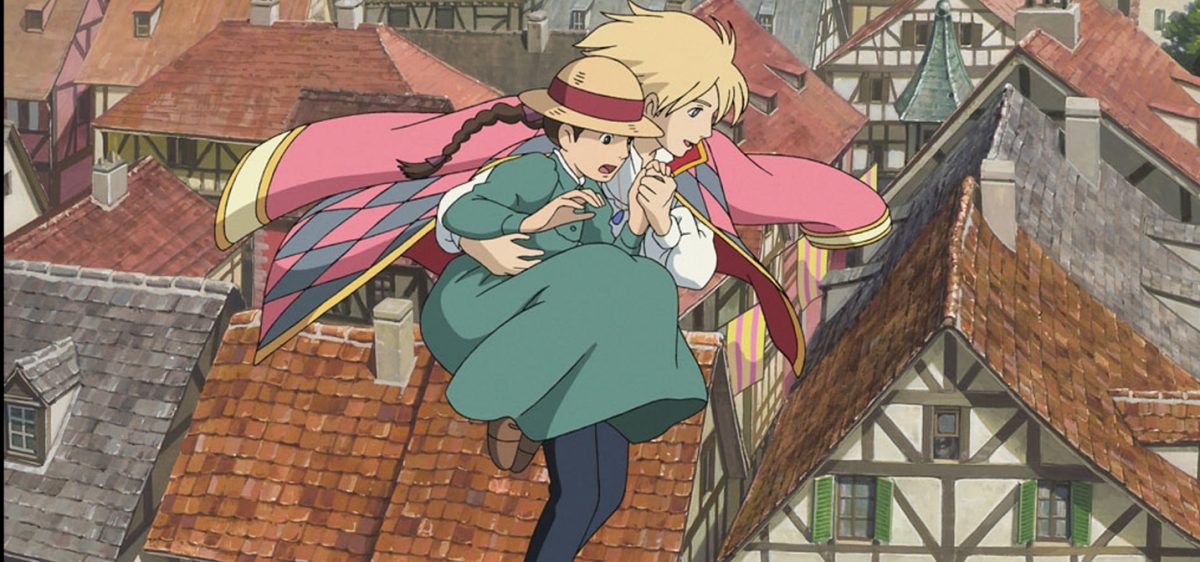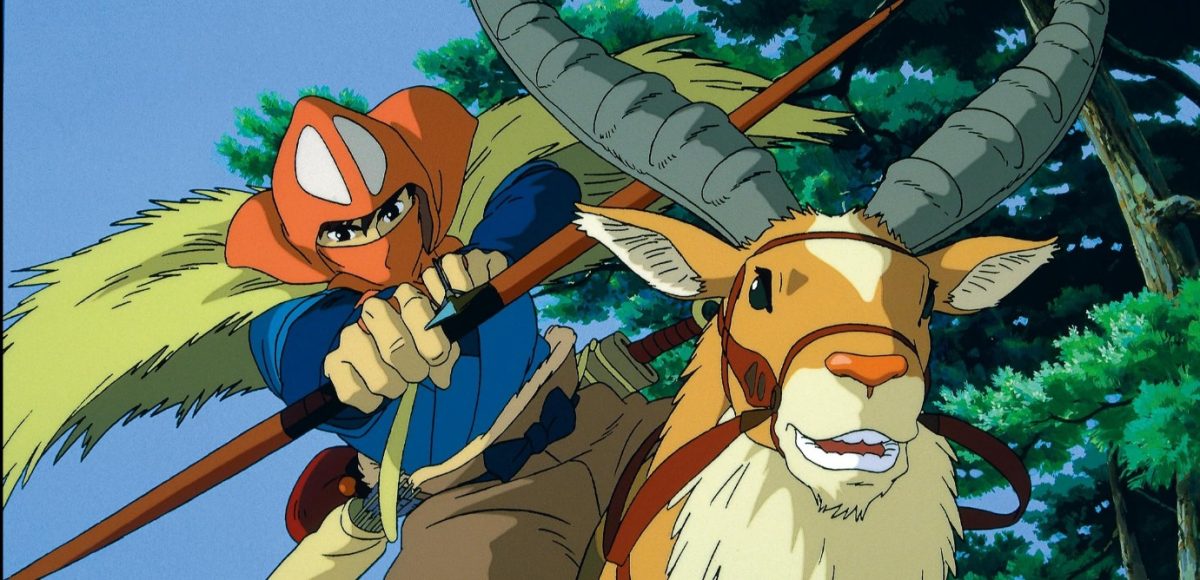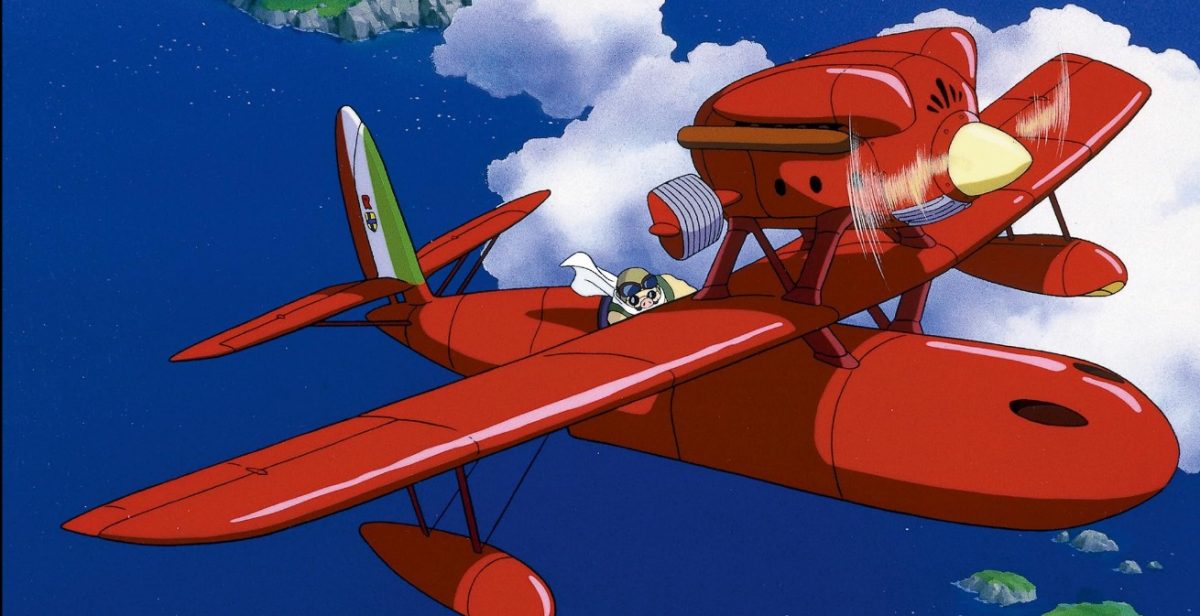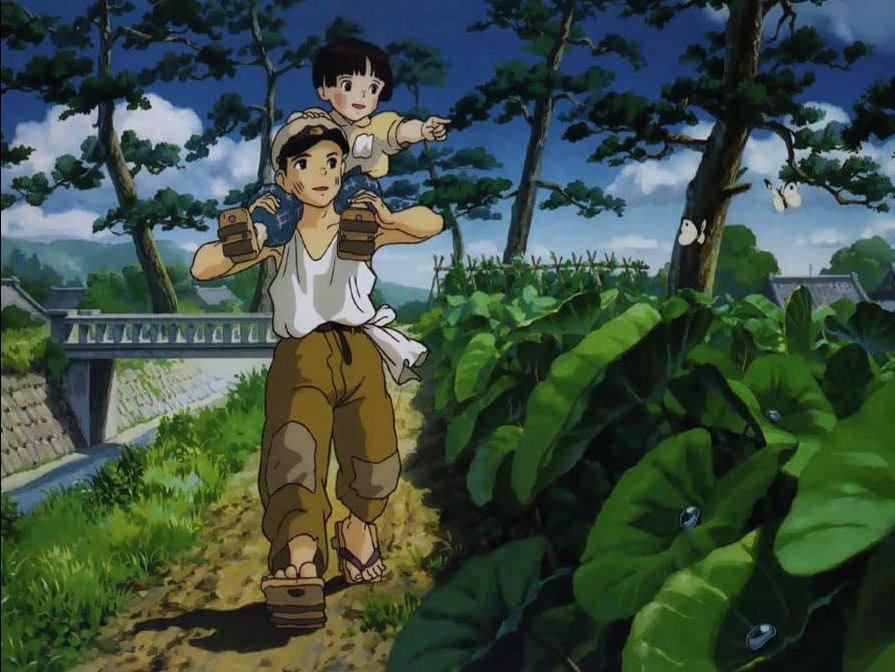In an era dominated by Disney animations, very few studios have been able to break into watchers’ hearts and create a creative world of their own. Studio Ghibli stands as a beacon of creativity in this era, weaving narratives that transcend borders and captivate hearts. But what sets Ghibli apart from the cinematic landscape, and why does its magic endure amidst the churn of modern entertainment?
Since its inception in 1985 with the release of “Laputa: Castle in the Sky,” Studio Ghibli has been synonymous with artistic excellence. Its founders, Hayao Miyazaki and Isao Takahata, embarked on a journey to redefine Japanese animation, drawing inspiration from both Eastern and Western cultures. While their early works paid homage to Japanese folklore and manga, Ghibli’s foray into adapting Western stories signaled a new chapter in its illustrious legacy. The transition was subtle yet profound, with films like “Howl’s Moving Castle” and “Tales from Earthsea” embracing narratives from British authors Diana Wynne Jones and Ursula K. Le Guin, respectively. Miyazaki’s visionary storytelling breathed new life into these tales, infusing them with themes of environmentalism and feminism and the whimsical spirit that defines Ghibli’s ethos.
Central to Ghibli’s allure are its relatable characters, especially its female protagonists. From the spirited Kiki in “Kiki’s Delivery Service” to the courageous San in “Princess Mononoke,” Ghibli celebrates the ordinary in extraordinary ways. These characters embody the essence of Ghibli’s storytelling — flawed yet resilient, ordinary yet extraordinary. One of the very things that they embrace in their stories that other studios shy away from is the cost for the protagonists and heroes to achieve their goals. In the recent “The Boy and the Heron,” Mahito is not given the magical ending that you’d expect in a Disney film. Despite the magical world he finds himself in, and the superhuman world-building power he is offered, he finds solace without magic. He accepts the losses in his life and realizes that there will be times when he has no control, and that he must appreciate what he has in the present to honor the past. Ghibli incorporates magic into the plot in a way that enhances the narrative but never sets things straight. At the end of the day, Ghibli films emphasize the strength of the individual and the human ability to overcome hardships.
Ghibli’s success is not just attributed to its narrative prowess; it’s a testament to its meticulous craftsmanship. Miyazaki, a traditionalist at heart, eschews computer-generated imagery in favor of hand-drawn cel animation, a process in which transparent sheets are painted on and superimposed to create a rich and engaging scene, preserving the art form’s integrity in a digital age. While not necessarily better than computer-generated animation, it is just one of the many ways in which there seems to be a legitimate effort on the part of Miyazaki and Studio Ghibli to create a connection with their art, investing in every shot. His attention to detail is legendary, with every frame meticulously curated to evoke emotion and wonder. As a viewer, every frame is captivating and organic, with a sense of wonder that can only be attributed to the magic of Ghibli. In an industry plagued by formulaic plots and CGI extravaganzas, Miyazaki’s filmmaking ethos resonates deeply. He rejects the notion of cinema as mere entertainment, instead championing films that inspire, educate and stir the soul. For Miyazaki, each movie is a canvas, a medium through which he imparts timeless messages of resilience, empathy and the beauty of the human spirit.
But Ghibli’s appeal extends beyond its visual aesthetics. At its core, Ghibli is in the business of storytelling, weaving narratives that resonate with the human experience. Whether it’s the whimsical adventures of “My Neighbor Totoro” or the epic journey of “Princess Mononoke,” Ghibli’s films are imbued with universal themes of love, loss and redemption. Moreover, Ghibli’s refusal to adhere to conventional tropes sets it apart from its contemporaries. Miyazaki’s rejection of formulaic storytelling is proof of his belief in the power of creativity and originality.
At the heart of Ghibli’s success lies its refusal to conform to industry norms. Miyazaki, a staunch advocate for artistic freedom, shuns conventional scriptwriting, preferring to let stories unfold organically. His collaborative approach empowers artists to breathe life into his visions, resulting in films that are as visually stunning as they are narratively rich.
In a world where streaming platforms dominate the entertainment landscape, Ghibli’s commitment to the theatrical experience is a welcome respite. While digital platforms offer convenience and accessibility, there’s something inherently magical about the communal experience of watching a Ghibli film in a darkened theater. As we navigate through an increasingly homogenized cinematic landscape, Studio Ghibli serves as a reminder of the transformative power of storytelling. Its films are not just entertainment; they’re an invitation to explore the boundless realms of imagination and wonder. In an age where creativity is often sacrificed at the altar of commercialization, Ghibli stands as a beacon of hope, inspiring audiences to demand more from the entertainment industry. For in the end, it’s not just about the films we watch, but the stories we carry with us long after the credits roll.









